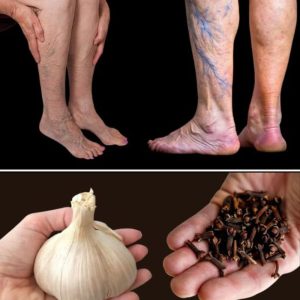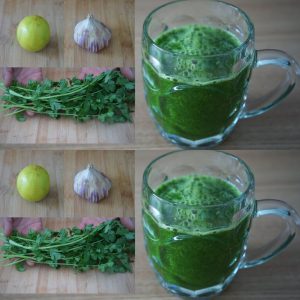Understanding Milia: Tiny White Bumps on the Skin
Milia are small, white, or yellowish cysts that commonly appear on the skin’s surface when keratin becomes trapped under the skin. These harmless bumps are often seen on the nose, chin, cheeks, and sometimes other areas. While most common in infants—affecting nearly 40% of newborns—they can also occur in children and adults. Although they may seem concerning at first glance, milia are usually painless and resolve on their own without intervention.
Types and Causes of Milia
Milia can vary in type based on age or the underlying cause. For instance, neonatal milia occur in newborns and typically clear within weeks. Primary milia can appear in older children and adults, often lasting longer. Other types, such as traumatic milia, may arise after skin injuries like burns or rashes, while milia en plaque is linked to autoimmune or genetic conditions. Understanding these variations helps in identifying whether treatment is necessary or if the condition will resolve naturally.
Treatment Options for Milia
Although milia often disappear on their own, some adults may seek treatment for aesthetic reasons or discomfort. Dermatologists can remove milia using methods like cryotherapy, deroofing with a sterile needle, or laser treatments. For prevention, regular exfoliation and avoiding heavy skincare products can help keep pores clear. Infants with milia require no treatment, as their skin naturally resolves the issue over time.
Preventing Milia and Maintaining Healthy Skin
Preventing milia involves simple lifestyle adjustments to promote healthy skin. Regular use of sunscreen helps protect against damage, while opting for lightweight, non-comedogenic skincare products minimizes clogged pores. Exfoliating regularly ensures dead skin cells are removed, reducing the chances of keratin buildup. These steps not only help prevent milia but also maintain overall skin health, keeping your complexion smooth and clear.





